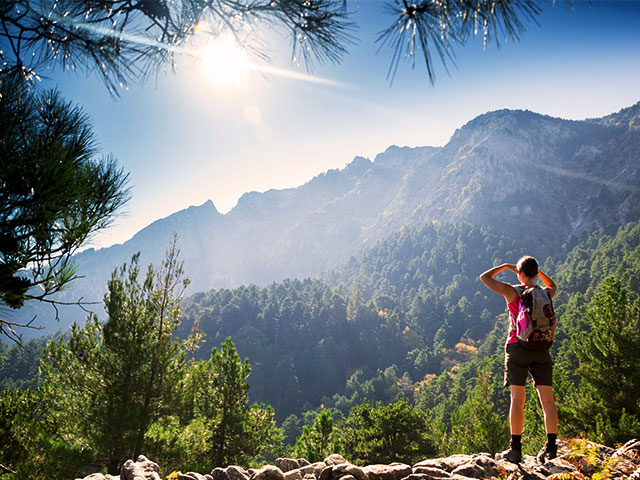
The Art of Slow Travel
In the fast-paced world we live in, where speed is often of the essence, the concept of slow travel emerges as a refreshing alternative. Slow travel isn’t just a mode of transportation; it’s a lifestyle that encourages a more immersive and profound exploration of the places we visit. In this article, we delve into the art of slow travel and how it allows us to truly connect with and experience local cultures.
The Essence of Slow Travel
Slow travel is more than just a leisurely pace; it’s a mindset that values quality over quantity. Rather than rushing through multiple destinations in a short period, slow travelers choose to spend extended periods in one place, allowing them to absorb the essence of the locale. This unhurried approach fosters a deeper understanding of the local way of life, traditions, and customs.
Connecting with Local Cultures
One of the primary benefits of slow travel is the opportunity to form genuine connections with the local community. By spending an extended time in a particular destination, travelers can go beyond the superficial tourist experience and engage with locals on a personal level. This might involve participating in local events, trying traditional cuisines, or even learning the language. These interactions create lasting memories and a richer travel experience.
Mindful Exploration
Slow travel encourages a mindful approach to exploration. Instead of ticking off a checklist of must-see attractions, slow travelers take the time to savor each moment. This might involve meandering through narrow streets, discovering hidden gems, or simply observing daily life in the community. The emphasis is on quality experiences that leave a lasting impression, rather than a frenzied rush to see it all.
Sustainability and Environmental Impact
Beyond the personal benefits, slow travel aligns with sustainable and eco-friendly practices. Rapid tourism can contribute to over-tourism and environmental degradation. In contrast, slow travel minimizes the carbon footprint by reducing the frequency of long-haul flights and emphasizing local, eco-conscious accommodations. This approach promotes a more responsible and sustainable way of experiencing the world.

Practical Tips for Slow Travel
For those intrigued by the idea of slow travel, here are some practical tips to get started:
- Choose Your Destination Wisely: Opt for places that resonate with your interests and offer a diverse range of experiences.
- Plan Longer Stays: Instead of short visits, plan for extended stays in each location to fully immerse yourself in the local culture.
- Embrace Local Transportation: Explore the destination using local modes of transportation, such as buses, trains, or bicycles, to connect more intimately with the surroundings.
- Learn Basic Phrases: Familiarize yourself with the local language to facilitate better communication and understanding.
- Support Local Businesses: Contribute to the community by choosing locally-owned businesses for accommodation, dining, and activities.
Conclusion
The art of slow travel is a transformative way to experience the world. By immersing ourselves in local cultures, we not only gain a broader perspective but also contribute to the sustainability of the places we visit. Slow travel is a reminder that the journey is as significant as the destination, and by embracing this mindset, we open ourselves to a world of meaningful experiences. Check out the Bible Keeper blog to find more tips and information about the art of slow travel.









